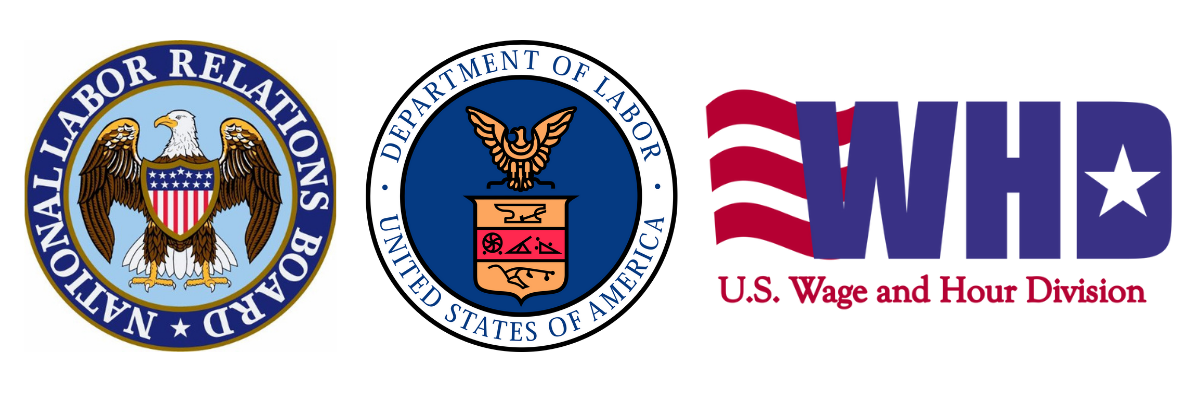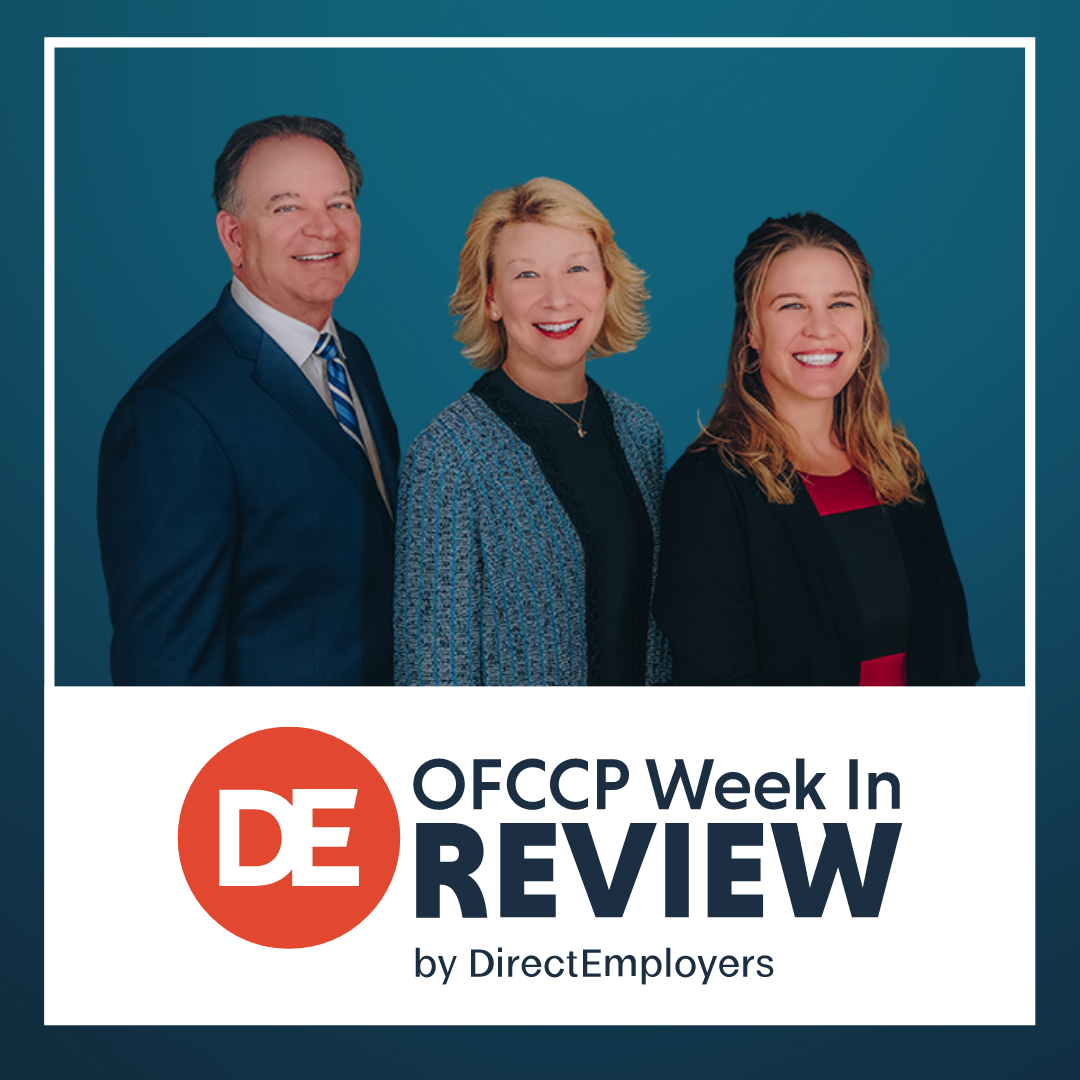
- This Week’s Vaccination Injunction Puzzle at a Glance
- Wage & Hour Administrator Nomination Boomerang
- Court Prohibits Defense Department Discipline of 35 Navy Personnel Seeking Religious Accommodation From Vaccine Mandate
- DE First to Have Signed Partnership Agreements with All 50 States & U.S. Territories for Electronic Job Listings
- 6th Circuit Joins Prior 11th Circuit Decision in Refusing to Allow Enforcement of the Federal Contractor/Subcontractor Vaccine Mandate
- Coalition of Healthcare Worker Unions File Petition Seeking Court Order to Make OSHA Healthcare ETS Permanent
- The U.S. Department of Justice Weighed In Again On COVID Concerns Affecting Individuals With Disabilities
- EEO-1 Administrators Take Note: EEOC Will Replace Its EEO-1 Type 6 Report For Small Establishments With Its Type 8 Report
- Should NLRB Change Its Legal Standard On Work Rules?
- U.S. Wage-Hour Division and NLRB MOU Promises Greater Enforcement and Investigation Opportunities Against Employers, Including as to Independent Contractor Misclassifications
- Countdown to E-Verify Record Destruction
- BILG Gets Answers On OFCCP Certification Portal
- NLRB Seeks To Remedy Alleged Ethics Violations By Former Member Emanuel
- Another Disappointing Monthly Jobs Report: Short Term Unemployment Dropped as Long-Term Unemployment Grew And More Americans Decided To Sit Out Millions of Available Jobs
- Oral Argument Suggests U.S. Supreme Court Dubious OSHA Has Authority to Require Vaccination in ETS; Proponents of CMS Healthcare Worker Vaccination Mandate More Hopeful
This Week’s Vaccination Injunction Puzzle at a Glance
OSHA Emergency Temporary Standard (“ETS”) Round-Up
- The SCOTUS heard oral argument on the OSHA ETS on Friday, January 7th (see below). Ruling likely in coming days.
- The consensus pundits’ view was that the SCOTUS:
- had its mind made up before the Court sat down to hear oral arguments; and
- will enjoin the OSHA ETS, but will uphold and allow enforcement of the CMS Vaccination Mandate
- Public Comments as to any aspect of the vaccination, testing, and face covering requirements of the proposed ETS are due to OSHA on or before January 19, 2022
- On December 27th, OSHA also announced it would seek authorization to continue for three years the recordkeeping requirements of the Healthcare ETS OSHA adopted on June 21, 2021. OSHA published notice of its request in the Federal Register on December 30, 2021. Anyone wishing to comment has until January 31, 2022 to submit their comments.
- As an example of the potential impact the OSHA ETS may have on employers, on Wednesday the U.S. Postal Service officially requested a temporary waiver from the OSHA ETS after OSHA’s ETS specifically noted application of the rule to the U.S. Postal Service (despite it being a private corporation….since 1978).
- A coalition of healthcare worker unions filed suit against OSHA in the U.S. Court of Appeals for the District of Columbia seeking to make permanent the prior OSHA Healthcare ETS withdrawn last week (see below)
Federal Contractor/Subcontractor Vaccine Mandate Enjoined: 11th Circuit Decision Upheld a Lower Court Injunction; OMB Vaccination Mandate Shut Down Order Thus Remains in Place
- The 11th Circuit Court of Appeals (Atlanta) on December 17th denied the Biden Administration’s appeal seeking to stay the enforcement of a nationwide injunction which has paused implementation of the federal contractor/subcontractor vaccine mandate
- We previously reported on the case of Kentucky, et al. v. Biden, et al., Case No. 3:21-cv-00055 (E.D. Ky. November 30, 2021). This week, the Sixth Circuit Court of Appeals denied the Biden Administration’s appeal of the lower District Court ruling further enjoining the federal contractor/subcontractor vaccine mandate in Ohio, Kentucky, and Tennessee (see below)
- Given the 11th Circuit’s ruling, and now the 6th Circuit ruling, the Office of Management and Budget has maintained its December 9, 2021 stay of the federal contractor/subcontractor vaccination mandate pending the federal government’s further appeals
Medicare/Medicaid Service Provider CMS Vaccine Mandate Round-Up:
- The U.S. Supreme Court’s hearing on the CMS vaccine mandate was held on Friday the 7th (see below). Ruling is likely in coming days.
- CMS had previously indicated it would suspend implementation and enforcement of the CMS vaccine mandate pending developments in the various litigations. However, on December 28th, the CMS updated its website and issued a memorandum providing guidance as to CMS’ implementation of the vaccine mandate in the other 25 states not subject to the Louisiana and Missouri courts’ injunctions
Federal Employee Vaccine Mandate Case: Leave it To the U.S. Navy SEALs…the Special Ops warriors with the best marketing, ever…and first federal employees to stop a federal employee vaccination mandate
- On Monday, the U.S. District Court for the Northern District of Texas granted a preliminary injunction blocking the U.S. Department of Defense from disciplining 35 Navy SEALS who refused to get vaccinated on religious grounds (see below). The ruling, though limited to just the 35 plaintiffs in the suit, could have potential impact on future litigation involving religious accommodation requests
- Prior to Monday, courts had denied injunction requests from federal employees seeking to enjoin federal employee vaccine mandates (the U.S. District Court for the District of Columbia, the U.S. District Court for the District of Maryland, the U.S. District Court for the District of New Jersey, and the U.S. District Court for the Southern District of Texas)
Head Start Program Vaccination and Masking Rule: Two District Courts Grant Injunctions Preventing Implementation of Vaccine and Masking Rule for Head Start Staff and Students in 25 States
- The U.S. District Courts for the Northern District of Texas and the Western District of Louisiana enjoined implementation of a vaccination and masking rule pertaining to staff and students in the federal “Head Start” early education program
- The Administration for Children and Families (“ACF”), a division of the Department of Health and Human Services (“HHS”), issued on November 30, 2021, an Interim Final (emergency) Rule imposing mask and COVID-19 vaccination mandates for teachers and students in Head Start programs.
“Head Start” is the federal program to promote school readiness of infants, toddlers, and preschool-aged children from low-income families
Monday, January 3, 2022: Wage & Hour Administrator Nomination Boomerang
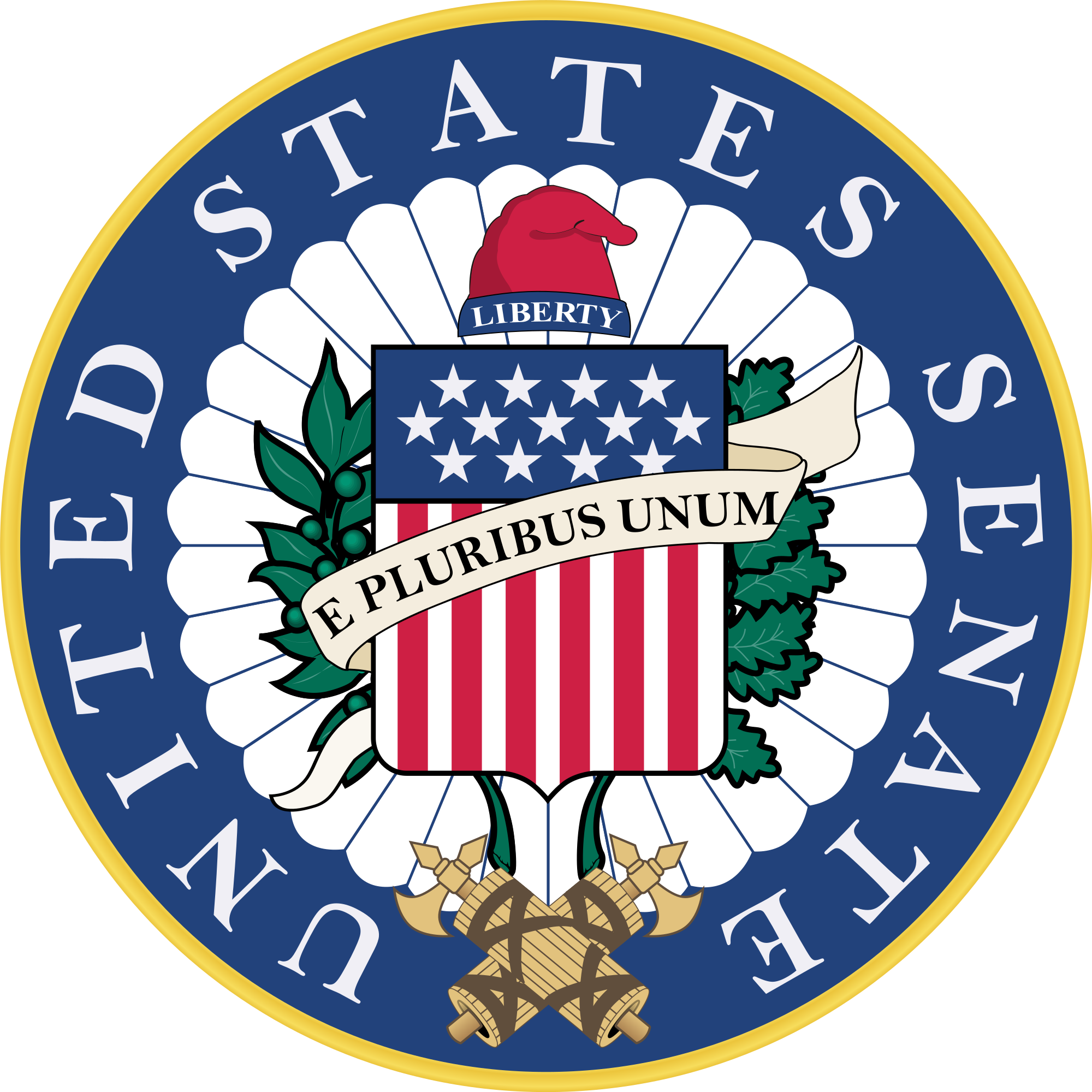
In The Know
Senate Rule XXXI, paragraph 6 of the Standing Rules of the Senate states:
“Nominations neither confirmed nor rejected during the session at which they are made shall not be acted upon at any succeeding session without being again made to the Senate by the President; and if the Senate shall adjourn or take a recess for more than thirty days, all nominations pending and not finally acted upon at the time of taking such adjournment or recess shall be returned by the Secretary to the President, and shall not again be considered unless they shall again be made to the Senate by the President.”
Wednesday, January 5, 2022: DE First to Have Signed Partnership Agreements with All 50 States & U.S. Territories for Electronic Job Listings
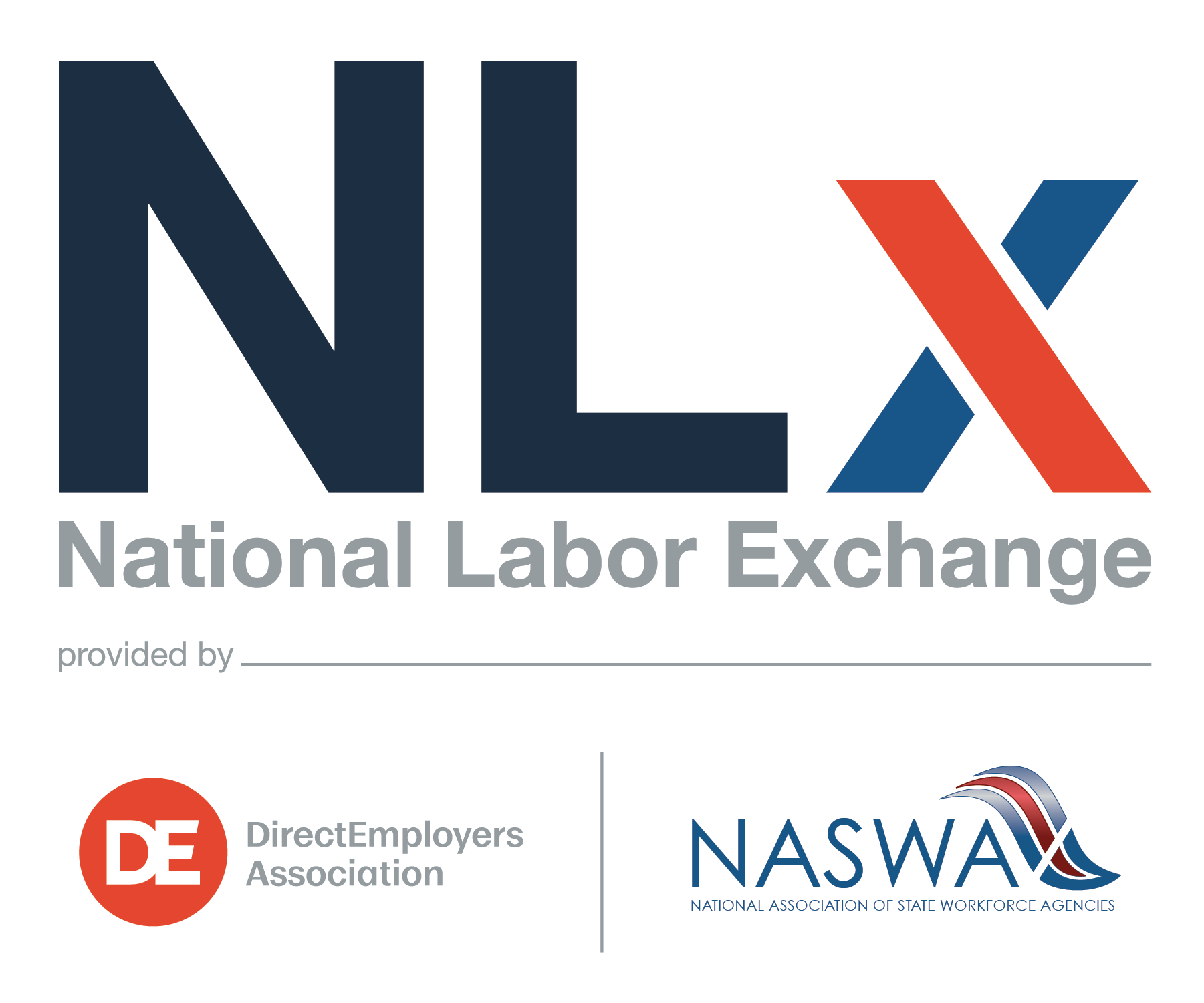
DE and NASWA collaborated closely with the Virgin Islands Department of Labor for months to establish the partnership. Both organizations are thrilled to have the Islands officially join the unique public-private partnership which is the NLx.
The NLx is an electronic labor-exchange network created in 2007 in partnership between NASWA and DE. This partnership leverages private non-profit-owned technology with existing state workforce agency resources. The NLx collects and distributes job openings exclusively found on over 25,000 corporate career websites and state job banks – and is growing daily. There are anywhere from 2 – 4 million unique job openings on the NLx on any given day.
DE Members
Check out the newest video in the DE Academy, “Understanding the National Labor Exchange,” to learn more about the benefits your DE Membership gets you through this partnership. Not enrolled in the DE Academy yet? Reach out now!
Wednesday, January 5, 2022: 6th Circuit Joins Prior 11th Circuit Decision in Refusing to Allow Enforcement of the Federal Contractor/Subcontractor Vaccine Mandate
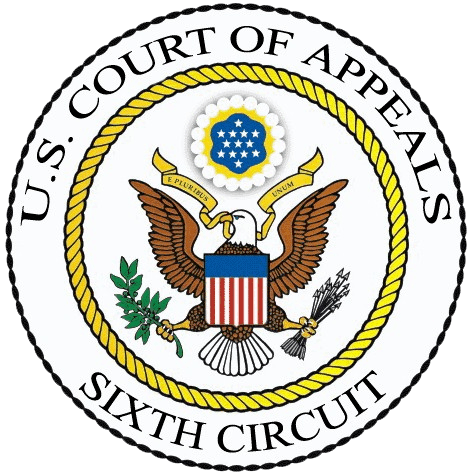
The Sixth Circuit, in reviewing the injunction issued in Kentucky, et al. v. Biden, et al., determined that the plaintiffs had proper standing to sue the Administration on the federal contractor/subcontractor vaccine mandate. Not only did the individual plaintiff-states have their own “sovereign” and “quasi-sovereign” interests to protect, but the plaintiff-sheriff’s offices had standing based on their history of contracting with federal agencies and potential for future contracts with such federal agencies.
Given standing, the court then determined plaintiffs were likely to succeed on their cause of action under the Administrative Procedures Act. First, the plaint language of the Property Act does not authorize the contractor vaccine mandate (contrary to the Administration’s reliance on such statute). Furthermore, the federal contractor mandate seeks to transfer the traditional prerogative of the state to protect its citizens’ health to the federal government, which usurps the states’ inherent police powers.
Finally, the Sixth Circuit concluded that the federal government would not suffer irreparable injury absent a stay of the vaccine mandate injunction since the mandate emerged well after vaccines were available, and the compliance deadline was not set until January 18, 2022. Such delay undercuts the government’s assertion that there was great urgency in implementing the mandate.
Wednesday, January 5, 2022: Coalition of Healthcare Worker Unions File Petition Seeking Court Order to Make OSHA Healthcare ETS Permanent
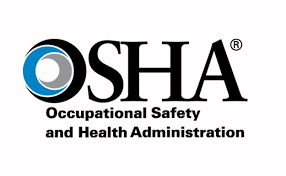
Adopting OSHA’s determination that COVID-19 poses a “grave danger” to healthcare workers that required issuance of the Healthcare ETS, plaintiffs asked the court to issue an order forcing OSHA to perform its mandatory duty in hopes of circumventing the OSHA withdrawal of the Healthcare ETS because of the regulatory deadline. Healthcare employers are thus advised to keep track of this litigation to see whether the court revives the Healthcare ETS in anticipation of a permanent standard being issued.
Wednesday, January 5, 2022: The U.S. Department of Justice Weighed In Again On COVID Concerns Affecting Individuals With Disabilities
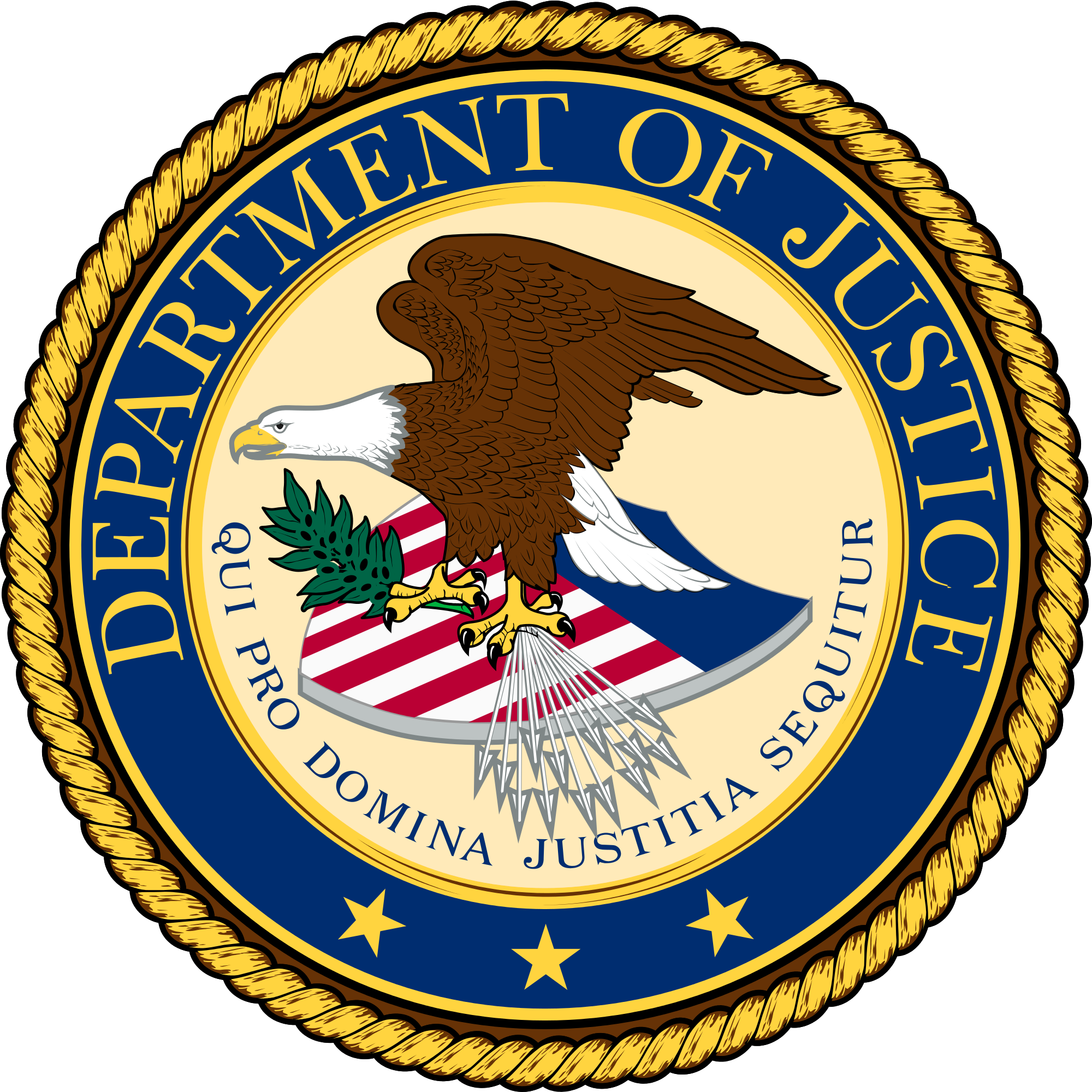
- Medical facilities’ visitor policies must consider the rights of individuals with disabilities to receive equal access to care.
- Outdoor retail or dining spaces (sometimes called “streateries”) must be accessible to individuals with disabilities and do not prevent individuals from using sidewalks and accessible parking.
Thursday, January 6, 2022: EEO-1 Administrators Take Note: EEOC Will Replace Its EEO-1 Type 6 Report For Small Establishments With Its Type 8 Report

“As part of the EEOC’s continuing efforts to modernize the agency’s EEO data collections and to improve the quality of data collected, the EEOC is discontinuing the EEO-1 Component 1 Type 6 Establishment List Report (“Type 6 Report”) for reporting establishments with fewer than 50 employees.”
Beginning with the 2021 EEO-1 Component 1 data collection, tentatively scheduled to open on Tuesday, April 12th, 2022 (and close on May 17, 2022), ALL filers reporting data for establishments with fewer than 50 employees must use a Type 8 Establishment Report (“Type 8 Report”) to submit such data.
Thursday, January 6, 2022: Should NLRB Change Its Legal Standard On Work Rules?
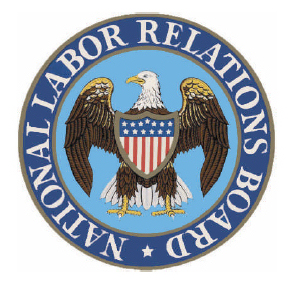
Case History
In 2017, the Board established a new standard to analyze the lawfulness of employer work rules in Boeing Co., 365 NLRB No. 154 (2017), which it later refined in LA Specialty Produce Co., 368 NLRB No. 93 (2019).
Given the ubiquity of employer work rules and the importance to ensure that they do not interfere with the exercise of employee rights under Section 7 of the Act any more than is justified by legitimate employer interests, the Board believes that it is appropriate, with public participation, to evaluate the standard adopted in Boeing, revised in LA Specialty Produce, and applied in subsequent cases.
Questions At Hand
The Board seeks input on the following questions, among others, which parties might wish to bring to the Board’s attention:
- Should the Board continue to adhere to the standard it set out in Boeing Co. and revised in LA Specialty Produce Co.?
- In what respects, if any, should the Board modify existing law addressing the maintenance of employer work rules to better ensure that:
- the Board interprets work rules in a way that accounts for the economic dependence of employees on their employers and the related potential for a work rule to chill the exercise of Section 7 rights by employees;
- the Board properly allocates the burden of proof in cases challenging an employer’s maintenance of a work rule under Section 8(a)(1); and
- the Board appropriately balances employees’ rights under Section 7 and employers’ legitimate business interests?
- Should the Board continue to hold that certain categories of work rules are always lawful to maintain? Examples include:
- investigative-confidentiality rules as addressed in Apogee Retail LLC d/b/a Unique Thrift Store, 368 NLRB No. 144, (2019),
- non-disparagement rules as addressed in Motor City Pawn Brokers, 369 NLRB No. 132 (2020), and
- rules prohibiting outside employment as addressed in Nicholson Terminal & Dock Co., 369 NLRB No. 147 (2020), and
- G&E Real Estate Management Services d/b/a Newmark Grubb Knight Frank, 369 NLRB No. 121 (2020)
Board Member Positions
Chairman McFerran and Members Wilcox and Prouty joined in issuing the notice and invitation for the Board. Members Kaplan and Ring dissented. The Democrat majority on the Board is obviously preparing to cut back on the Boeing decision and narrow the range of permissible operation of employer work rules.
Filing Logistics
- March 7, 2022 – The deadline to file Briefs (not to exceed 20 pages in length).
- March 22, 2022 – The deadline for the parties (but not amici) to file responsive briefs (not to exceed 30 pages in length). No other responsive briefs will be accepted.
The Board warns that it will not grant motions to extend the time to file briefs absent compelling circumstances. If you need assistance to e-File, you may contact the Office of Executive Secretary at 202-273-1940.
Thursday, January 6, 2022: U.S. Wage-Hour Division and NLRB MOU Promises Greater Enforcement and Investigation Opportunities Against Employers, Including as to Independent Contractor Misclassifications
The National Labor Relations Board (“NLRB”) and the Wage-Hour Division (WHD) of the U.S. Department of Labor (USDOL) announced a new partnership for the sharing and referral of information to enhance investigation and enforcement of federal labor and employment laws. The partnership, pursuant to a new Memorandum of Understanding (“MOU”) between the two agencies, is an effort to create mechanisms “to share information efficiently and establish a process for referral, joint investigation and cross training of personnel.”
The new MOU is an extension of the recent agreement between the NLRB, USDOL, and the Equal Employment Opportunity Commission to raise awareness about retaliation issues we previously reported here. Not only is the new MOU intended to target retaliation against workers but will also focus on independent contractor misclassification claims that may arise. To combat these issues, and other potential violations of federal labor and employment laws that tend to overlap between the agencies, the NLRB and the WHD agreed to:
- Attempt to Broaden Claims: Share information or data that supports each agency’s enforcement mandates, including information in complaint or investigative files that may result in referrals for complaint under the respective statutes they each enforce;
- Info Sharing: Explore and create systemic procedures to assist information sharing;
- “Snitch” Roles: Advise claimants of potential opportunities for charges with the other agency upon discovery of unlawful conduct within the authority of the other agency;
- “Dog Pile” Roles: Conduct coordinated investigations arising within both agencies’ jurisdictions when appropriate;
- Train for “Snitch” Roles: Provide training to each agency’s staff to assist in identifying cases and issues arising under the other agency’s jurisdiction;
- Educate Employers and Employees: Engage in and participate in public outreach and education efforts, including joint presentations and co-development of training materials and programs; and
- “Cover Their Tracks”: Maintain confidentiality of information provided pursuant to the MOU.
This most recent MOU continues the ongoing trend in this presidency to have various agencies work together in coordination to force compliance. Unfortunately for employers, this greater potential for coordination means potential greater liability exposure from any investigation begun by either the NLRB or the WHD.
Practice Tip: Going forward, employers should thoroughly review and ensure their compliance with the Fair Labor Standards Act when the NLRB launches an investigation, and conversely ensure their compliance with the National Labor Relations Act when the WHD comes knocking on the door.
Thursday, January 6, 2022: Countdown to E-Verify Record Destruction
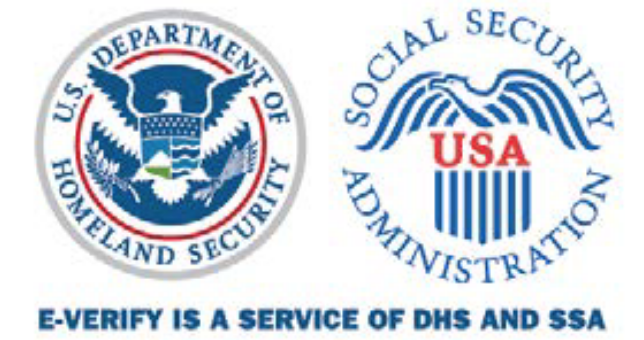
What documents will be destroyed?
USCIS will dispose of E-Verify records that are more than ten years old (i.e., those dated on or before December 31, 2011.
When will they be destroyed?
Document disposal will occur on April 1, 2022. (No fooling!)
What should an employer do?
E-Verify employers have until March 31, 2022, to download case information from the Historic Records Report if they want to retain information about the E-Verify cases soon to be destroyed.
Employers must record the E-Verify case verification number on the corresponding Form I-9, Employment Eligibility Verification, or attach a copy of the case details page to the Form I-9. Employers should retain the Historic Records Report with the Forms I-9.
Additional Resources
- E-Verify Record Retention & Disposal Fact Sheet
Instructions to Download Historic Records Reports in E-Verify
Thursday, January 6, 2022: BILG Gets Answers On OFCCP Certification Portal
See the answers to questions on the Certification portal, along with an inquiry about the recent joint OFCCP, EEOC, and NLRB media campaign attempting to raise employer awareness about non-retaliation requirements. (See WIR from November 2021).
Thank you to Beth Ronnenberg of Berkshire Associates (and President of the BILG) for sharing this information!
Friday, January 7, 2022: NLRB Seeks To Remedy Alleged Ethics Violations By Former Member Emanuel

Affected Cases
- ExxonMobil Research and Engineering Company, Inc.,
- Marathon Petroleum Co., d/b/a Catlettsburg Refining, LLC, and
- CVS Pharmacy
In the Notice, the Board finds that vacating the affected decisions and orders and re-deciding the cases is the presumptively appropriate remedy. However, the Notice permits the parties to provide their input on what course the Board should take.
Board Member Positions
Chairman McFerran and Members Kaplan, Wilcox, and Prouty joined the Notice, with Member Kaplan concurring only to determine that the parties should be provided an opportunity to brief the issue of the appropriate remedy for Member Emanuel’s disqualification. Member Ring, dissenting in part, agreed that Member Emanuel should not have participated in these cases but disagreed with the majority’s decision to vacate the presumptively appropriate remedy before the parties had a chance to brief the issue.
Emanuel Ethics Violations – Sound Familiar?
You may recall previous concerns regarding Emanuel and ethics violations as we reported on the Hy-Brand decision that spun the Joint-Employer saga throughout 2019-2020.
Friday, January 7, 2022: Another Disappointing Monthly Jobs Report: Short Term Unemployment Dropped as Long-Term Unemployment Grew And More Americans Decided To Sit Out Millions of Available Jobs
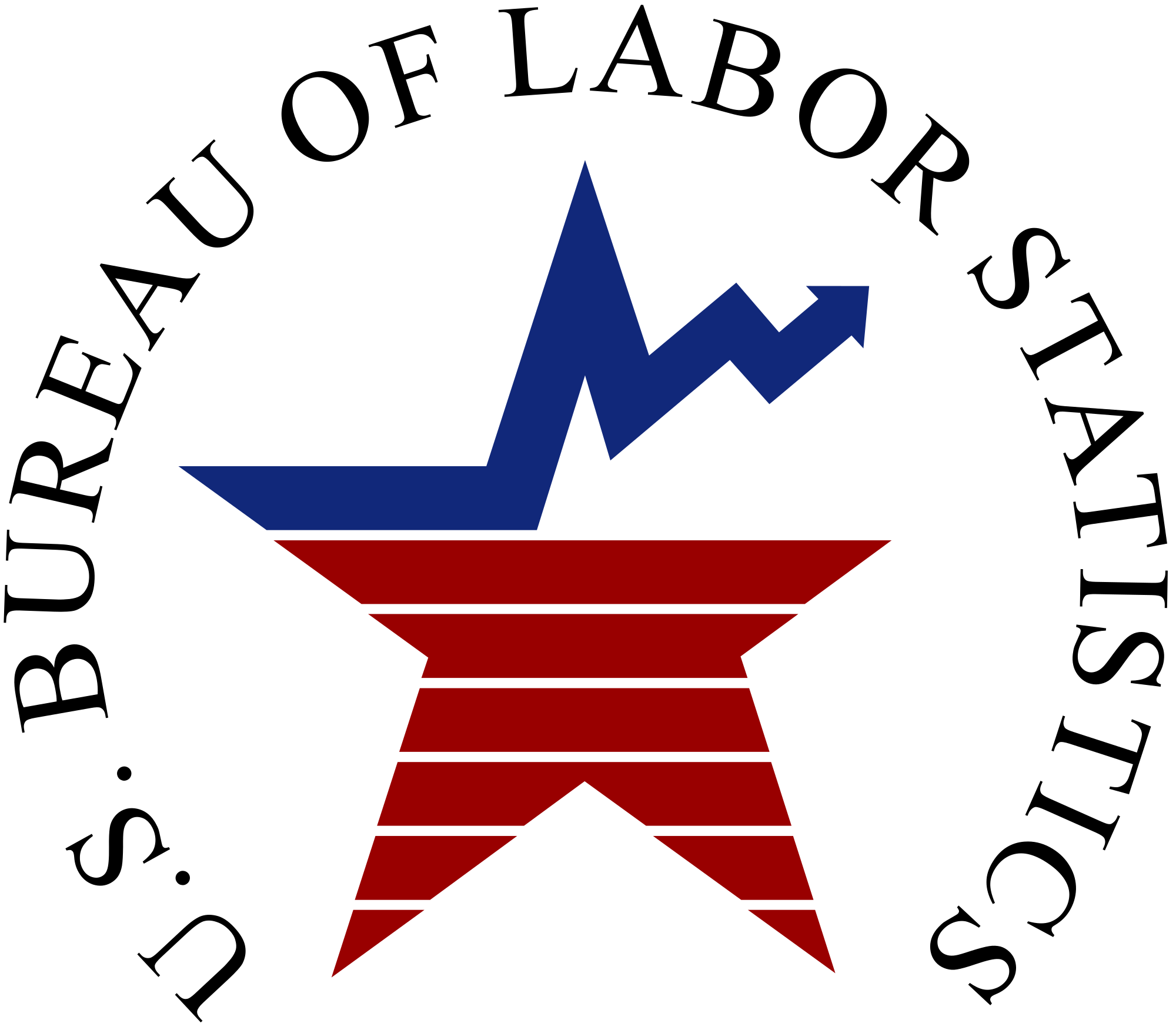
In December, employment continued to trend up in leisure and hospitality (+53,000), professional and business services (+43,000), manufacturing (+26,000), construction (+22,000), and transportation and warehousing (+19,000). Employment showed little or no change in other major industries, including retail trade, information, financial activities, health care, and government.
|
The Employment Situation – December 2021 |
|||
|
Short Term Unemployment Rate |
Dec 2021 | Nov 2021 | Dec 2020 |
|
(Seasonally adjusted) |
3.9% | 4.2% | 6.7% |
|
(Seasonally adjusted) |
3.2% 7.1% 3.8% 4.9% 3.6% 3.6% |
3.7% 6.7% 3.8% 5.2% 4.0% 4.0% |
6.1% 10.0% 6.1% 9.4% 6.4% 6.3% |
|
(Not seasonally adjusted) |
3.2% | 3.9% | 5.3% |
|
(Not seasonally adjusted) |
7.9% | 7.7% | 11.0% |
Nonfarm Payroll Employment “New Jobs Added”: Initial Under-Reporting Trend Continues
Monthly revisions result from additional reports from businesses and government agencies since the last published estimates and the recalculation of seasonal factors.
| Month | Original Report | 1st Month Adjustment | 2nd Month Adjustment |
| December 2021 | 199,000 | TBD | TBD |
| November 2021 | 210,000 | 249,000 | TBD |
| October 2021 | 531,000 | 546,000 | 648,000 |
See Also The Politicos Spinning Bad News Fast and Furiously Even As The Stock Market Fell On The News
Friday, January 7, 2022: Oral Argument Suggests U.S. Supreme Court Dubious OSHA Has Authority to Require Vaccination in ETS; Proponents of CMS Healthcare Worker Vaccination Mandate More Hopeful
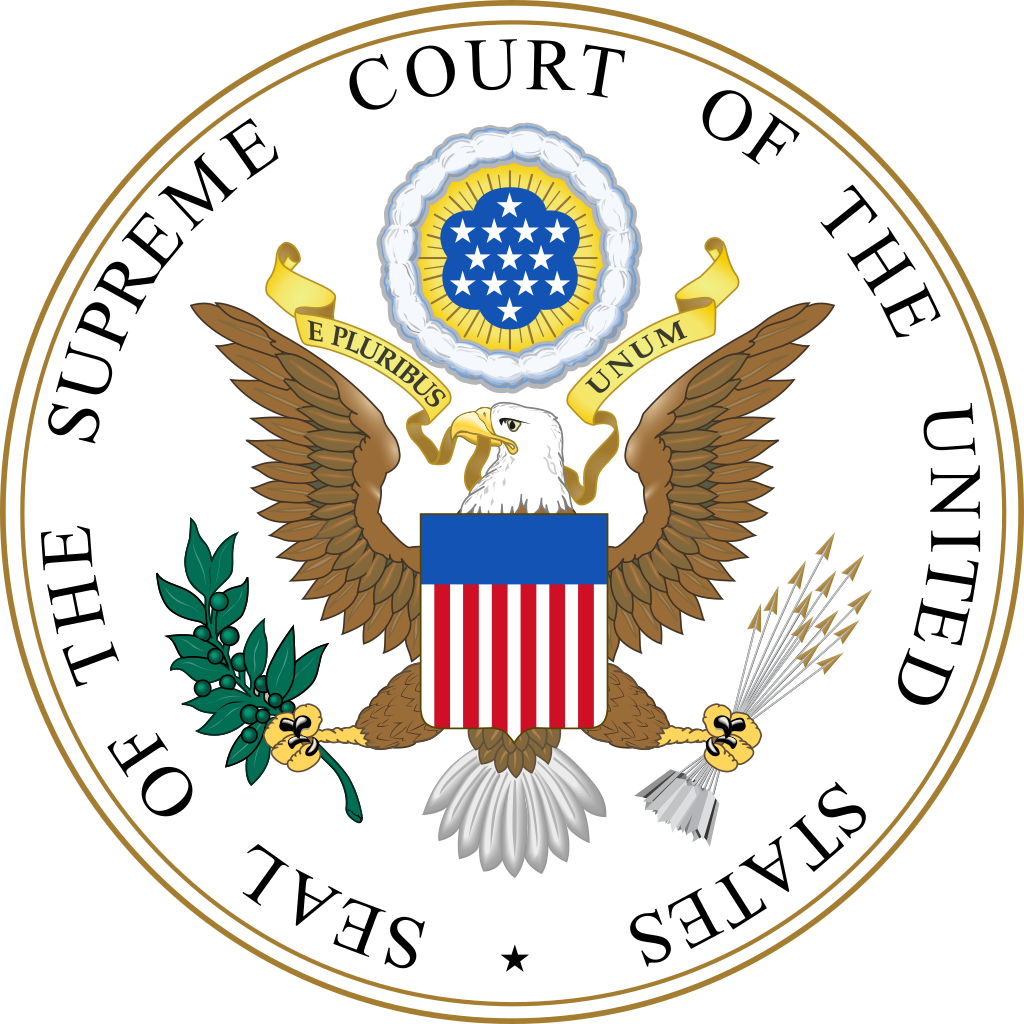
The SCOTUS did not state when it would decide either case. Nonetheless, the sense was that the Court understood the urgent nature of both matters and would likely issue a single ruling this week, as we suggested last week might occur.
Nat’l. Federation of Independent Business, et al. v. OSHA
In its moving papers, state-appellants contend the Sixth Circuit’s order reinstating the OSHA ETS was improperly decided because OSHA can only regulate dangers workers face in the workplace, as opposed to hazards widely present in the public. Furthermore, COVID-19 does not qualify as a “grave danger” to workers specifically since the risk of death for unvaccinated workers is not significantly greater than the risk for vaccinated workers. Additionally, state-appellants argued the ETS does not comply with the requirements of the Occupational Safety and Health Act (“OSH Act”) since the mandate is not “necessary” to protect workers.
Private entity-appellants argued that permitting the ETS to go into effect would cause irreparable harm upon businesses unable to pay for testing or keep employees leaving their employ. Finally, private entity-appellants contended the “major questions” doctrine barred use of OSHA to impose a vaccination mandate; specifically, Congress did not clearly delegate to OSHA such a vast expanse of OSHA’s regulatory power as to make an ETS valid as to an airborne virus.
In opposition, the Biden Administration argued that OSHA merely exercised its power under the OSH Act in issuing an ETS necessary to protect employees from a grave danger from exposure to physically harmful agents or hazards. Because OSHA concluded COVID-19 is both a physically harmful agent and a new hazard resulting in a grave danger to unvaccinated workers, the ETS was necessary to protect worker health. As an ETS, the Biden Administration argued neither OSHA nor the Administrative Procedure Act required a notice-and-comment period as normally required for agency rulemaking.
During oral argument, the three liberal justices of the Supreme Court clearly appeared to be in favor of allowing OSHA to implement the ETS. Justice Elena Kagan focused on the fact that COVID would appear to be a grave risk, and that the ETS is necessary to address the “not typical” public health situation the country faces. Justice Stephen Breyer expressed cynicism that stopping the ETS would be in the public interest and was especially strident about the rising number of COVID-19 cases due to Omicron showing a continuing need for action. Justice Sonia Sotomayor also noted the concern with continuing infection rates (including incorrectly asserting that COVID-19 deaths are at an all-time high, the Omicron variant is as deadly as the Delta variant as to the unvaccinated, and misstating hospitalization numbers), while suggesting OSHA’s regulatory authority is a federal “police power” that permits action on public health.
However, the six conservative justices did not appear likely to vote in favor of allowing OSHA to implement the ETS. While Justice Samuel Alito suggested a potential middle ground whereby the court could order a short administrative stay of the mandate, Chief Justice John Roberts (as the court’s perennial “swing vote”) seemed to suggest he would side with striking down the ETS. Both Chief Justice Roberts and Justice Neil Gorsuch noted in questioning that vaccination mandates and orders are commonly exercised by the states, and that the Biden Administration’s “agency by agency” approach in instituting vaccine mandates is an attempt to work around Congress’ inability to legislate. Justice Amy Coney Barrett’s questioning suggested concern with the broad, generalized approach of the ETS being a “one-size-fits-all” standard, and Justice Brett Kavanaugh focused on the “major questions” issue under a theory OSHA did not have authority for a vaccine ETS.
Given the tenor of the oral argument, it is likely that the Supreme Court will enjoin implementation of the ETS.
Biden v. Missouri
The Biden Administration, as the appealing party (appellant), in written papers argued that Congress gave the Department of Health and Human Services (“HHS”) broad authority related to the provision of health care, and the standards a facility must meet for safety purposes. The Administration argued that vaccination against COVID-19 is necessary in the interest of the health and safety of healthcare patients. As an example, the Administration cited to the long history of requiring healthcare facilities to establish programs to prevent and control infectious diseases.
States opposing the mandate contended in their written papers that implementation of a vaccine requirement would create a staffing crisis in healthcare facilities, especially in rural America. Such staffing shortages would result in actual danger to the health and safety of patients unable to find adequate medical care. Moreover, the statute the Administration relied upon to seek to exercise the power to require vaccinations is a “housekeeping statute” that is not so expansive as to require vaccination. Allowing the Administration to use such a statute as sufficient authority for a vaccine mandate would impermissibly expand the statute to permit any action on the part of HHS. Finally, the states contended that HHS’ failure to provide notice and an opportunity for public comment made the mandate procedurally deficient.
Contrary to the oral argument as to the OSHA ETS, at least one conservative justice hesitant to implement the OSHA ETS appeared to acknowledge that the CMS vaccine mandate as to healthcare providers presented a more acute danger and concern. Specifically, Chief Justice Roberts focused his questions on the healthcare context of the CMS vaccine mandate. His point of view was that the health care context presented a close connection between a health threat and the government’s provision of healthcare through Medicaid and Medicare. Chief Justice Roberts also appeared to acknowledge that the Secretary of Health and Human Services had broader authority as to public health prerogatives than did OSHA.
Additionally, Justice Kavanaugh noted that private healthcare facilities were not a party arguing against the CMS vaccine mandate. Rather, the states were arguing only on behalf of “citizens” who run the private facilities. Justice Kavanaugh’s questions suggested the possibility he could rely on the legal doctrine of “standing” (that the states lacked standing to challenge the vaccination mandate because the mandate had not injured their legal interests) to reject the states’ opposition to the CMS vaccine mandate.
Finally, Justice Barrett’s questioning as to the CMS vaccine mandate also appeared to have an issue with the “one-size-fits-all” aspect of the mandate; however, counsel for the Biden Administration did suggest that the court could lift part of the Fifth Circuit order enjoining the CMS vaccine mandate. This “middle ground” could provide justices concerned about the public health goals of HHS being served by the mandate to allow implementation as to facilities caring for the population especially vulnerable or at-risk to COVID-19. Given the tenor of the questioning, healthcare providers receiving Medicaid or Medicare funding should be more temperate as to any hopes the Supreme Court will stop the CMS vaccine mandate.
THIS COLUMN IS MEANT TO ASSIST IN A GENERAL UNDERSTANDING OF THE CURRENT LAW AND PRACTICE RELATING TO OFCCP. IT IS NOT TO BE REGARDED AS LEGAL ADVICE. COMPANIES OR INDIVIDUALS WITH PARTICULAR QUESTIONS SHOULD SEEK ADVICE OF COUNSEL.
SUBSCRIBE.
Compliance Alerts
Compliance Tips
Week In Review (WIR)
Subscribe to receive alerts, news and updates on all things related to OFCCP compliance as it applies to federal contractors.
OFCCP Compliance Text Alerts
Get OFCCP compliance alerts on your cell phone. Text the word compliance to 55678 and confirm your subscription. Provider message and data rates may apply.

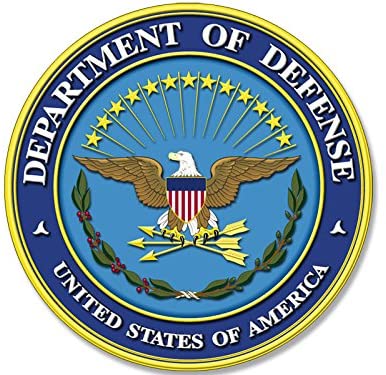 The U.S. District Court for the Northern District of Texas
The U.S. District Court for the Northern District of Texas 